Author: Will Lovell
Most brewers are familiar with the term “noble hops,” which refers to a group of 4 classic European hop varieties that are low in alpha acid and primarily impart spicy, floral, and herbal characteristics to beer. However, while most would agree that all noble hops share certain qualities, each individual variety is believed to contribute its own unique aroma and flavor characteristics to beer.
One noble hop is Tettnanger, a German landrace variety that adds delightful floral and light woody notes to beer due to possessing a relatively high amount of farnesene. Two other noble hops, Hallertau Mittelfrüh and Spalt, were crossed to create the noble-esque variety known as Spalter Select, which has a slightly lower farnesene content while possessing notably higher amounts of myrcene, responsible for more herbal and “hoppy” characteristics.
In my experience talking with other brewers, it seems there’s pretty broad consensus that these hops are more or less interchangeable. I can’t say I’ve ever fully embraced this belief, but in practice, I usually keep maybe one or two such varieties on hand and used them for similar purposes. Curious to see how the classic Tettnanger compared to the more modern noble-like Spalter Select, I designed an xBmt to test it out for myself!
| PURPOSE |
To evaluate the differences between a pale lager hopped entirely with Tettnanger and one hopped entirely with Spalter Select.
| METHODS |
With the goal of keeping the variable front and center, I went with a very simple International Pale Lager recipe for this xBmt, one using Tettnanger and the other using the same exact amounts of Spalter Select.
A Noble Endeavor
Recipe Details
| Batch Size | Boil Time | IBU | SRM | Est. OG | Est. FG | ABV |
|---|---|---|---|---|---|---|
| 5.5 gal | 60 min | 23.5 | 3.2 SRM | 1.05 | 1.007 | 5.64 % |
| Actuals | 1.05 | 1.007 | 5.64 % | |||
Fermentables
| Name | Amount | % |
|---|---|---|
| Pilsen MD | 11 lbs | 100 |
Hops
| Name | Amount | Time | Use | Form | Alpha % |
|---|---|---|---|---|---|
| Tettnanger OR Spalt Select | 65 g | 60 min | Boil | Pellet | 2.6 |
| Tettnanger OR Spalt Select | 10 g | 30 min | Boil | Pellet | 2.6 |
| Tettnanger OR Spalt Select | 10 g | 5 min | Boil | Pellet | 2.6 |
Yeast
| Name | Lab | Attenuation | Temperature |
|---|---|---|---|
| Global (L13) | Imperial Yeast | 77% | 32°F - 32°F |
Notes
| Water Profile: Ca 60 | Mg 0| Na 0 | SO4 77 | Cl 50 |
Download
| Download this recipe's BeerXML file |
The night prior to brewing, I collected the identical volumes of RO water for each batch and adjusted them to the same profile before measuring out and milling the grains.
After waking up to properly heated water the following morning, I incorporated the grains, staggering the start of each batch by 30 minutes. With the grains fully mixed in, I the controllers on my Delta Brewing All-In-One controllers to maintain a mash temperature of 152°F/67°C.
During the mash rests, I prepared the kettle hop additions.
Once each 60 minute mash was complete, I removed the grains and proceeded to boil the worts for 60 minutes, adding hops at the times stated in the recipe.
When the boils were complete, I quickly chilled the worts then transferred each to a separate sanitized Kegmenter.
Refractometer readings showed both worts were at the same target OG.
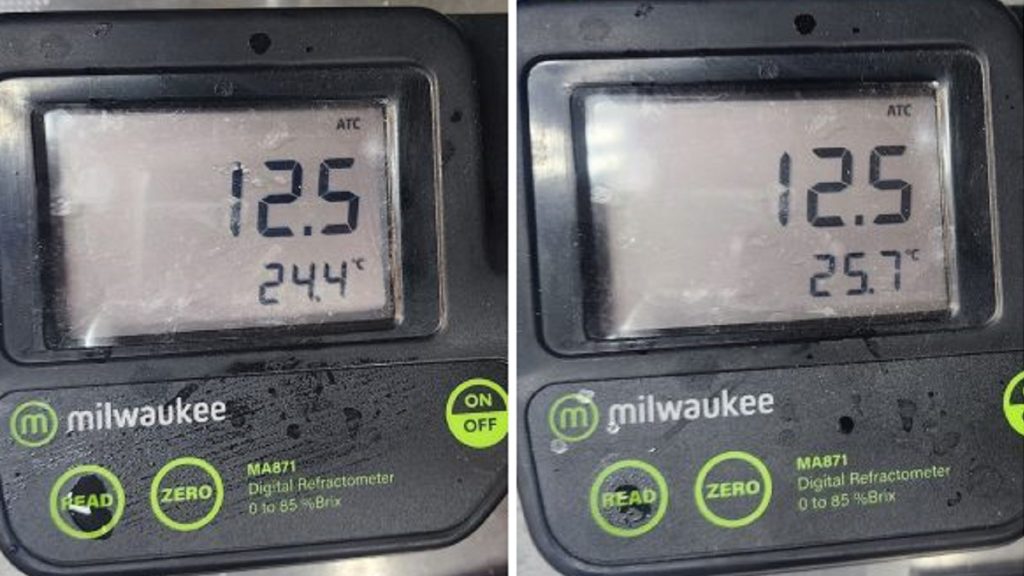
Next, I direct pitched a single pouch of Imperial Yeast L13 Global into each wort.
The beers were left to ferment at 64°F/18°C for a week before I took a hydrometer measurements showing they were at a similar FG.
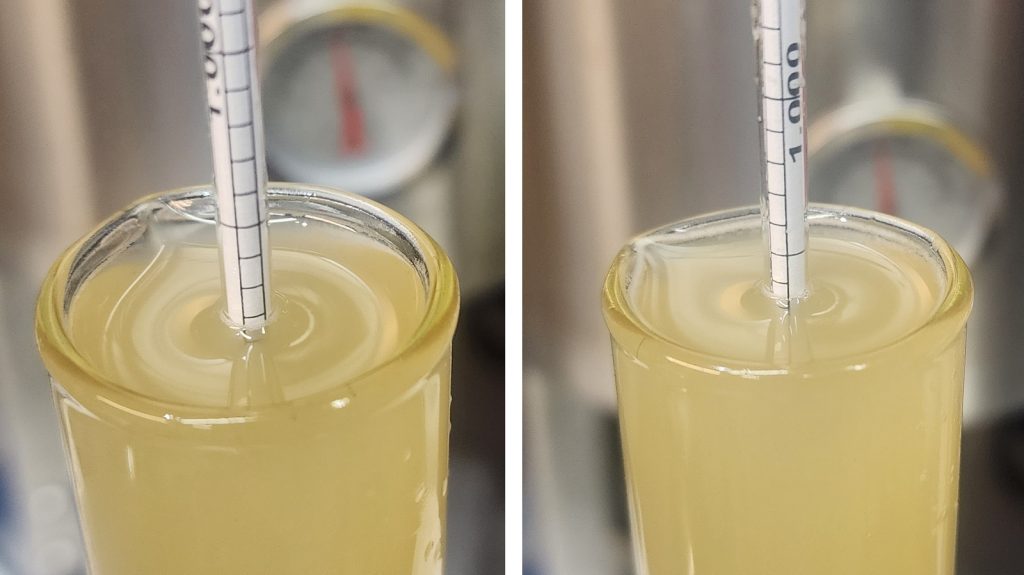
At this point, the beers were cold crashed overnight before being pressure transferred to CO2 purged kegs, which were placed on gas in my kegerator. After 2 weeks of conditioning, they were ready to serve to blind tasters.
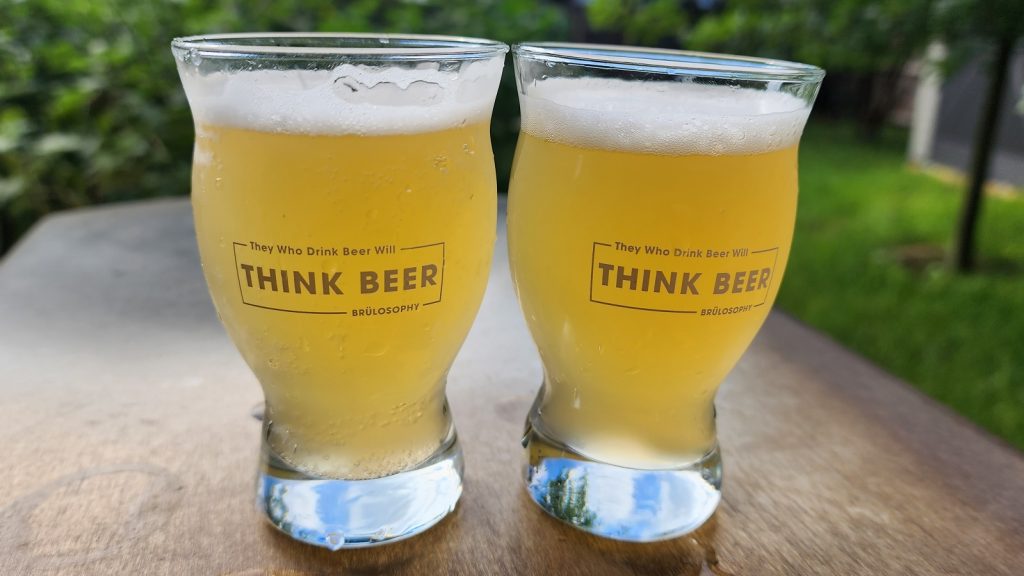
| RESULTS |
A total of 26 people of varying levels of experience participated in this xBmt. Each participant was served 1 sample of the beer made with Tettnanger hops and 2 samples of the beer made with Spalter Select hops in different colored opaque cups then asked to identify the unique sample. While 14 tasters (p<0.05) would have had to accurately identify the unique sample in order to reach statistical significance, 17 did (p=0.0008), indicating participants in this xBmt were able to reliably distinguish an International Pale Lager hopped entirely with Tettnanger hops from one hopped solely with Spalter Select.
The 17 participants who made the accurate selection on the triangle test were instructed to complete a brief preference survey comparing only the beers that were different. A total of 2 tasters reported preferring the beer made with Tettnanger hops, 12 said they liked the one made with Spalter Select more, 2 had no preference despite noticing a difference, and 1 person reported perceiving no difference.
My Impressions: In the 5 semi-blind triangle tests I attempted, I correctly identified the unique sample 4 times, which is pretty consistent. While similar in many ways, I perceived the beer hopped with Tettnanger as having a nice woody quality along with some floral, while the Spalter Select beer was more specifically floral. As much a I enjoyed drinking both of these beers, I had a slight preference for the one made with Tettnanger.
| DISCUSSION |
When it comes to continental hops, many varieties share similar floral, spicy, and woody characteristics, leading some to view them as being largely the same and hence using them interchangeably. The fact tasters in this xBmt were able to reliably distinguish an International Pale Lager hopped entirely with Tettnanger from one hopped solely with Spalter Select supports the notion that these arguably similar hop varieties impart their own unique characteristics to beer.
The most obvious explanation for these results is that Tettnanger and Spalter Select are distinct varieties that possess different amounts of various terpenes, though it’s also possible terroir, or the region where each was grown, also played a role.
Even with my fairly consistent ability to tell these beers apart, they were very similar, and while I had a slight preference for the batch hopped with Tettnanger, I wouldn’t hesitate to use Spalter Select in its place if that’s what was available. Ultimately, I really enjoyed the characteristics of both of these varieties and will definitely continue using them in the future.
If you have any thoughts about this xBmt, please do not hesitate to share in the comments section below!
Support Brülosophy In Style!
All designs are available in various colors and sizes on Amazon!
Follow Brülosophy on:
FACEBOOK | TWITTER | INSTAGRAM
If you enjoy this stuff and feel compelled to support Brulosophy.com, please check out the Support page for details on how you can very easily do so. Thanks!


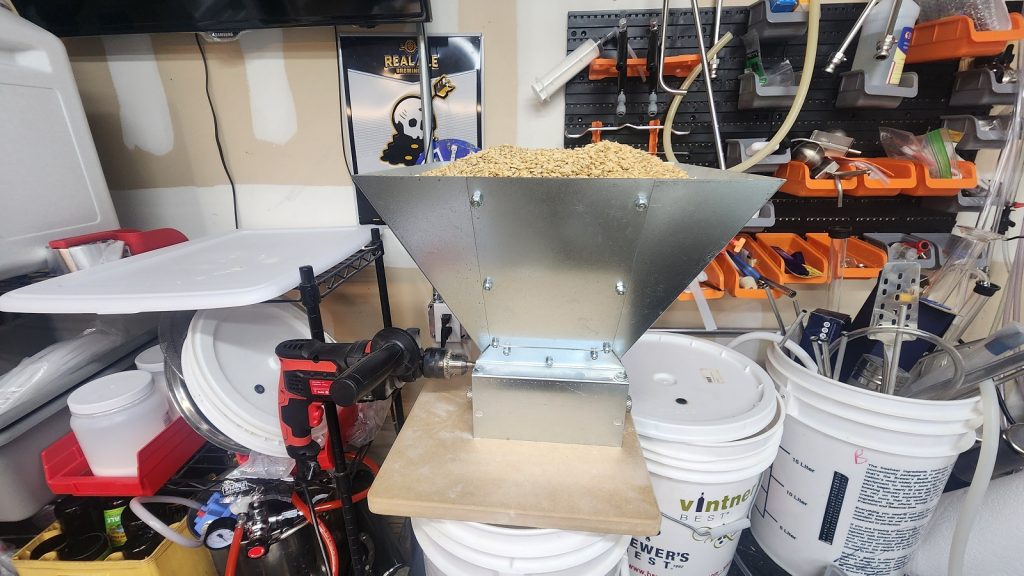
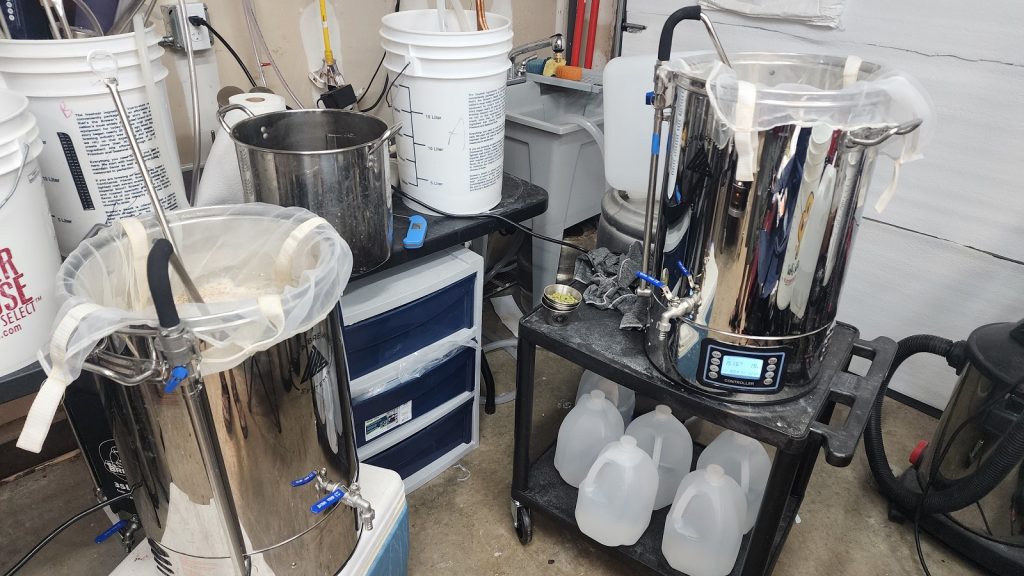
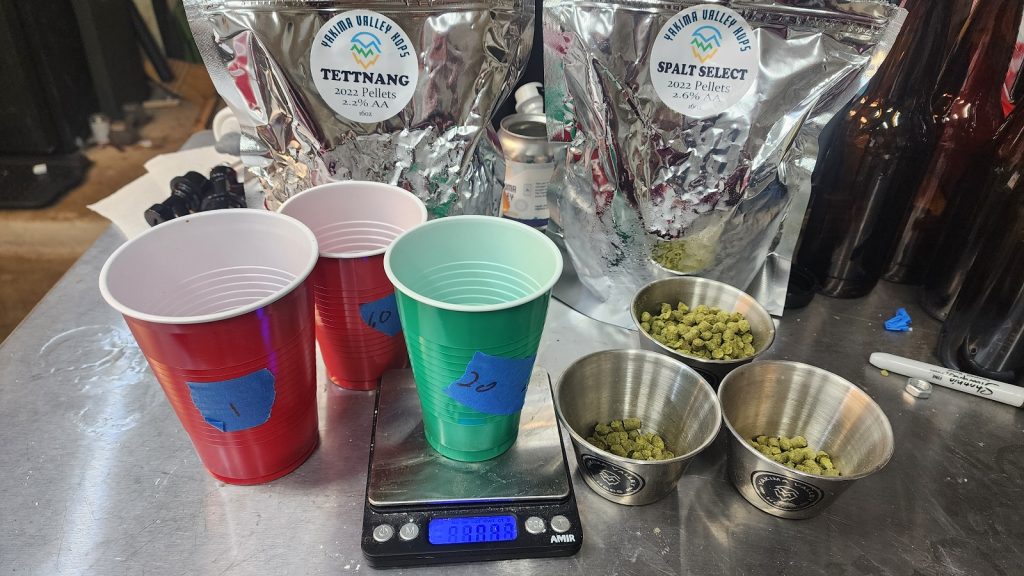
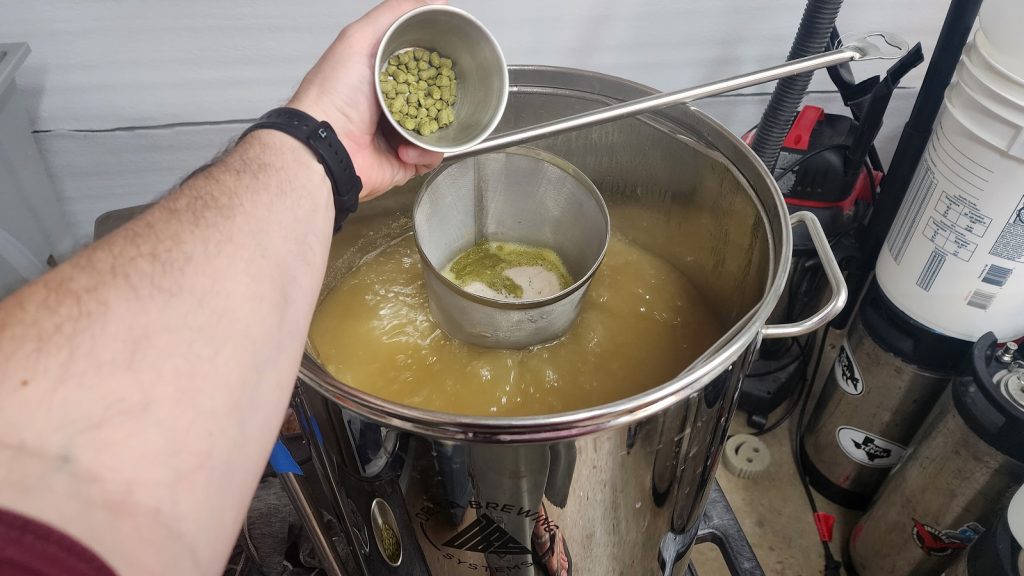
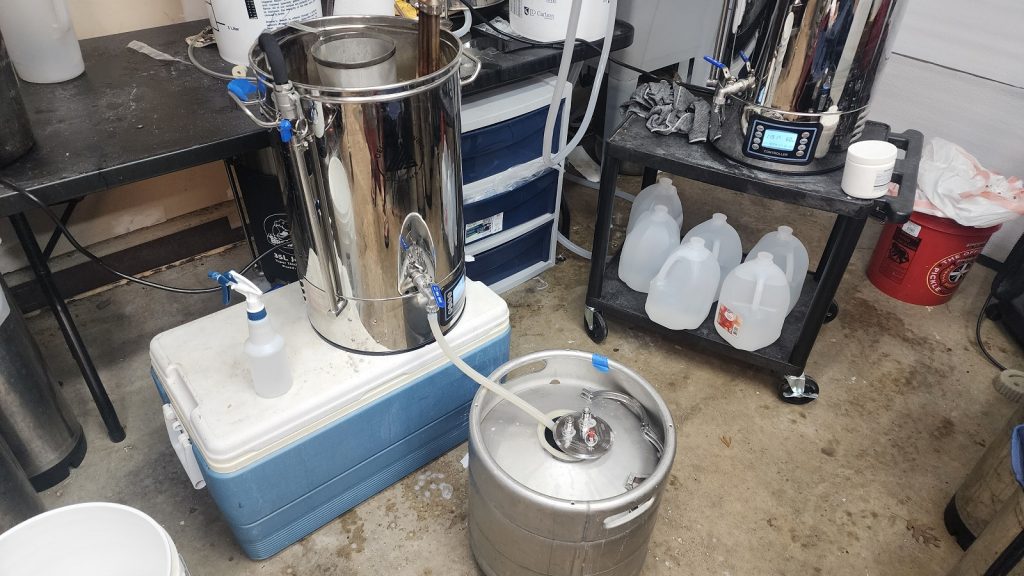
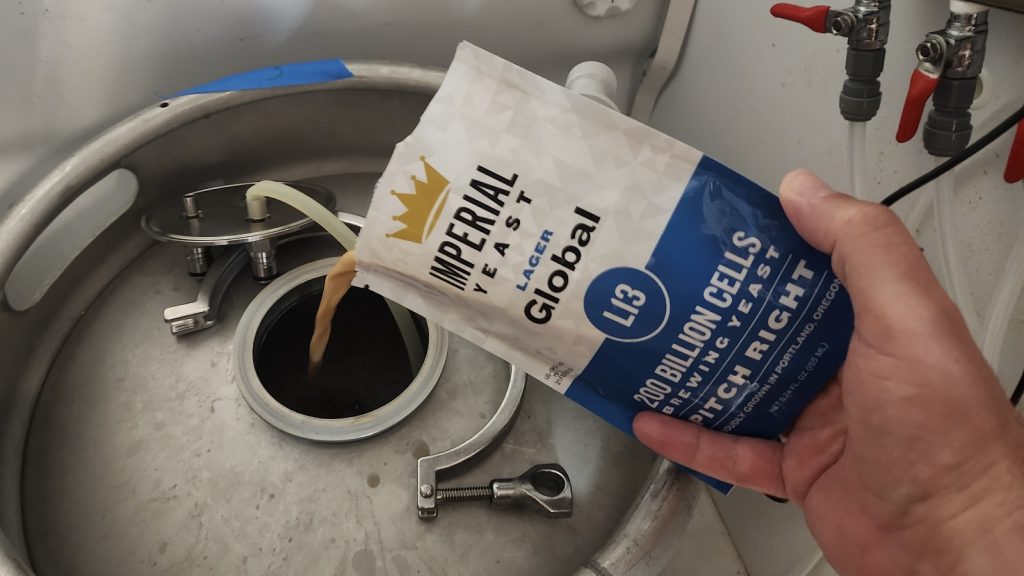











3 thoughts on “exBEERiment | Hop Comparison: Tettnanger vs. Spalter Select In An International Pale Lager”
64°F Seems high for Global yeast. Was this intentional?
I warm ferment all of my lagers anymore. My own experience, along with that of Brülosophy’s, shows that there does not appear to be a perceptible difference between global fermented warm vs cold. I’ve used it up to 70F and it is a beast! You really need to get closer to 80F before things get really wild.
Wow, I was pretty convinced people couldn’t tell a difference – much more drastic comparisons have failed to achieve statistical significance!
Very interesting!